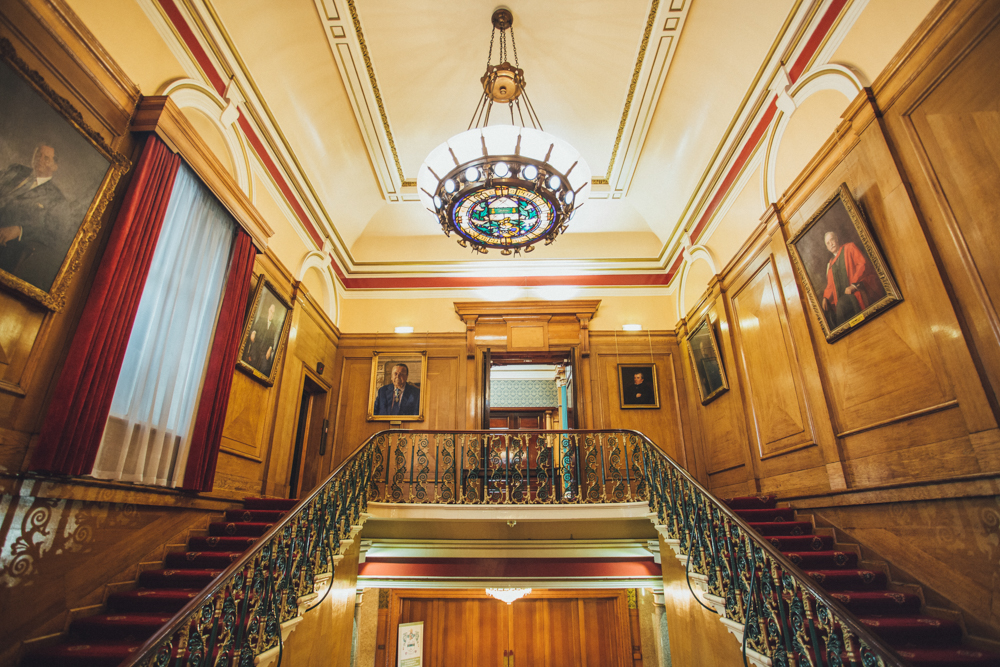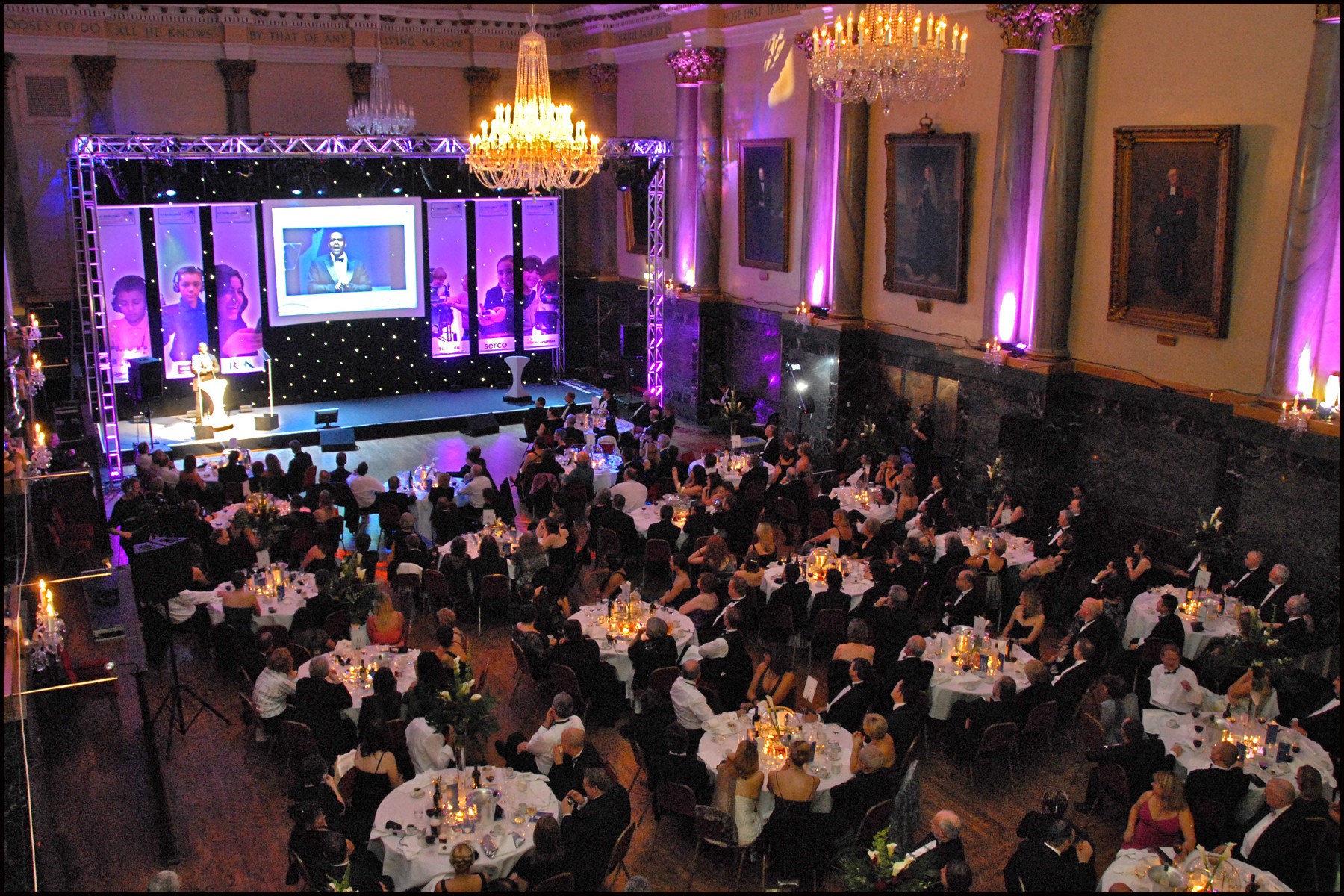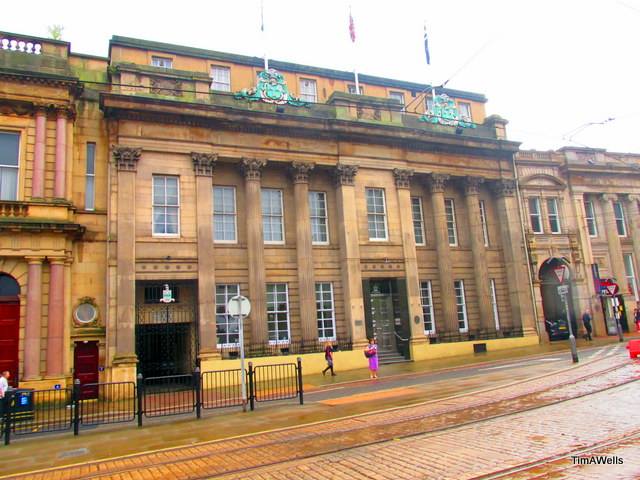Gala Dinner
Cutlers Hall, Sheffield
Saturday 29th June 2019



As always, the UKELA gala dinner is a highlight of the annual conference programme. This year won't fail to live up to that expectation as it will be hosted at The Cutlers Hall in the centre of Sheffield. After arriving via a grand staircase, guests will enjoy a drinks reception in the Drawing Room followed by a sumptuous three course dinner in the Main Hall with wine served to the table. Our after dinner speaker will be announced very soon, so do check back here for updates.
The Cutlers' Hall was built in 1832 by Samuel Worth and Benjamin Broomhead Taylor at a cost of £6,500. It was extended in 1865–7 by Flockton & Abbott, and again in 1888 by J. B. Mitchel-Withers. It is Sheffield's third Cutlers' Hall, the previous buildings, which were built in the same location, were constructed in 1638 and 1725. Prior to 1638 the cutlers met in rented accommodation with tradition saying that this was a public house on Fargate, although there is no documentary evidence to back this up. The first Cutlers' Hall, a stone building with a slated roof, was built in 1638 at a cost of £155 15s 10d, of which £57 18s 4d was raised by subscription. The building was quickly found to be inadequate, having to be repaired on many occasions and in 1725, a new Cutlers' Hall was erected on the same site at a cost of £442. It was an attractive, narrow Georgian three storeyed building with a string course cornice. Towards the end of the 18th century the Cutlers' Hall was used as an overspill court room as the Town Hall across Church Street could not cope with the increasing number of crimes.
The Hall's front is of the Corinthian order. Behind the classical façade is an intricate series of rooms which reach back almost as far as Fargate. There is a selection of old Hallamshire knives on show inside the hall, some of which go back to the Elizabethan era. Many of the knives were discovered by Thames Mudlarks in the tidal mud of the River Thames in London. Also on display is the Norfolk Knife, a very large pocket knife with 75 blades which was made by Joseph Rodgers and Sons at their Norfolk Street Works in Sheffield for the Crystal Palace Great Exhibition of 1851.
Today, the building is used for many of the grandest events in the city's civic and commercial life.